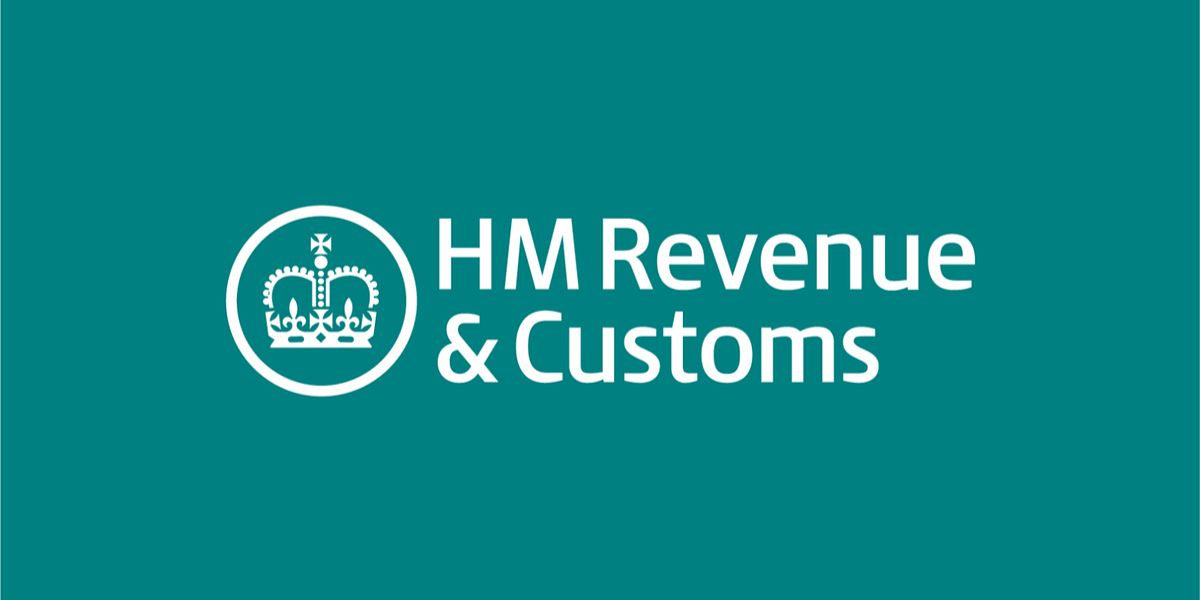On 26 May 2016 the UK has published a consultation document on the possible introduction of secondary adjustments into the UK transfer pricing legislation. This would in the opinion of the UK government help to ensure taxpayer compliance with the transfer pricing rules.
A requirement for secondary adjustments would address the financial benefit that arises from incorrect transfer pricing and that still exists despite the application of the current rules. Currently the primary transfer pricing adjustment only applies for tax purposes and this means that a cash benefit from the non-arm’s length pricing can accumulate in a foreign entity which may often be located in a low tax jurisdiction. The secondary adjustment rule would apply a tax charge to the excess cash from the non-arm’s length transfer pricing.
According to the OECD transfer pricing guidelines a secondary adjustment would be imposed after a primary adjustment to ensure that the actual allocation of profits is consistent with the primary adjustment. The OECD guidelines note that secondary transactions may take the form of constructive dividends, constructive equity contributions or constructive loans.
The consultation paper notes that constructive dividends and equity contributions have inherent limitations in their effectiveness from a UK point of view. A rule based on constructive dividends would treat excess profits as a deemed dividend subject to withholding tax, however there is no general requirement for UK companies to deduct withholding tax from dividends. An equity contribution rule would also have limited application in the UK until there was a capital disposal, and the disposal would have to be removed from the current tax exemptions in the UK such as the exemption for substantial shareholdings.
The UK therefore proposes a rule designed on a third option that would treat excess profits as a deemed loan from the potentially advantaged company. There would then be imputed interest on the deemed loan and this interest would be treated as taxable income.
The number of taxpayers affected would depend on whether the secondary adjustment was notice-led, depending on HMRC issuing a notice targeting specific structures or specific facts, or whether the rule would apply automatically by reference to determined criteria. The UK government prefers a secondary adjustment rule that would be triggered by primary adjustments above a certain threshold, for example all primary adjustments above GBP 1 million. This would apply whether the primary adjustments were initiated by the taxpayer or by HMRC.
The consultation paper also requests the views of interested parties on accounting periods from which the secondary adjustment rule would apply; the parties between which the loan would be deemed; and the method by which the loan would be recognized for accounting purposes. Other questions on which comments are invited are on the date on which the loan should be deemed to arise and the deemed interest rate that should be used.
The deemed loan and the imputed interest would apply until the date when the excess profits are repatriated to the UK. The UK government would prefer the repatriation to be between the parties to the original primary adjustment and to be in the form of a transfer of cash or cash in kind (such as a net off against an existing debt in the UK). Anti-avoidance provisions would be considered.
Article 9(2) of the OECD Model Tax Convention does not cover secondary adjustments; so a risk of double taxation would arise. The availability of relief from double taxation would therefore depend on domestic legislation, the specific terms of an agreed double tax treaty or the mutual agreement procedure.
The UK government intends to apply a secondary adjustment whether or not the primary adjustment arose within an advance pricing agreement (APA). This would ensure that taxpayers are not encouraged to apply for an APA just to manage their exposure to a secondary adjustment. Some existing APAs adjust the pricing in line with the aims of a secondary adjustment rule, so there would be a need to ensure that the new rule on secondary adjustments is applied consistently to all APAs.
The deadline for responses to the consultation from interested parties is 18 August 2016.


















